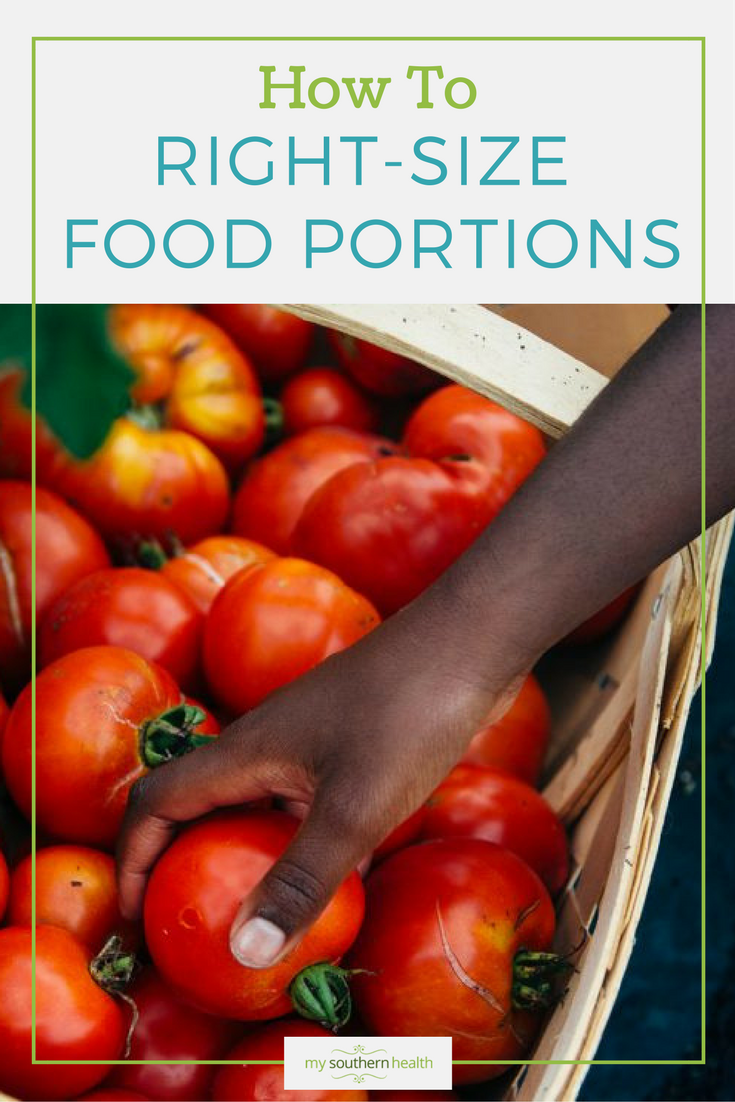Use these rules of thumb, literally, for avoiding portion distortion.
If you’re trying to lose weight, or if you are diabetic and need to control your blood sugar, you need to be aware of how much food you’re eating. Diabetics need to know how many carbohydrates are in their diets. To hone your ability to judge appropriate portion sizes, try these tips.
Be aware of portions
It’s easy to overlook the amount of food you’re consuming, but if you’re trying to control calories or blood sugar, it’s important to pay attention. A food diary or a blood sugar tracker can be helpful tools. Use them to record what and how much you are eating. Include all meals and snacks.
Compare your portions
Portions served at fast food restaurants are often two to five times larger than they were in the 1950s! Servings at home have followed this trend and grown as well. This makes it difficult for most people to judge how much food is an appropriate serving size by simply looking at a plate of food. To test your portion-knowledge skills, try this: At a meal, prepare your plate as usual. Now measure your food with a measuring cup or measuring spoon and compare the amount with a food-exchange list, like this one. Are you surprised?
Measure
It often takes a while to develop a good feel for what healthy portion sizes look like. To help with this, leave a set of measuring cups and spoons on your kitchen counter to use when serving food. Use glasses that hold 4 ounces or 8 ounces, or use a piece of tape to mark a glass at the 4-ounce or 8-ounce level.
Use hand-eye coordination
Eat with your hands — meaning, use your hands to estimate certain amounts of foods. For example:
Your fist = about the size of 1 cup of food
Your palm = 3 ounces
Handful = 1 to 2 ounces
Tip of your thumb = 1 teaspoon
Length of your thumb = 1 ounce
Plate method
Here is a trick to see if your meal is well portioned: Imagine your plate divided into four sections.
Half your plate should be filled with vegetables. One quarter of the plate should be filled with protein. The remaining quarter of the plate should be filled with bread, starch or grains.

For more tips on thriving despite diabetes, see vanderbilthealth.com/diabetes.

